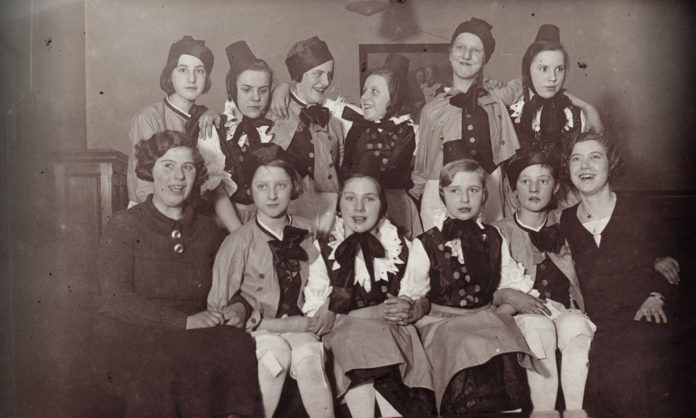
In a new post on the A Writer of History blog, M.K. Tod continues her series on writing great women characters in historical fiction. In the first article, Tod introduced the first of seven elements of historical fiction, beginning with character. In this post, she examines dialogue, setting, and conflict.
- Dialogue. To master dialogue in historical fiction, you need to understand the customs and values of the era, as well as the relationship among your characters. As with dialect, Tod suggests that a little bit of era-accurate speaking rhythms goes a long way. Sprinkle in vocabulary and grammatical structures of the past, but don’t overdo it. And be careful about words whose meaning may have changed over the centuries. Look up words and phrases to see when they came into common usage. Use your research to find first-hand accounts, letters, and diaries to get a feel for the era, if any are available.
- Setting. “Setting is not just where and when events happen, it is also why they happen,” Tod writes. “Without the context of the American Civil War, Gone with the Wind would be nothing more than a love story.” When writing women characters, consider women’s spaces: homes, markets, convents, brothels, salons, kitchens, etc. “Not to say that women don’t live in other spaces – they do – but female spaces can be unique places of power, place, desire, and subterfuge,” Tod adds.
- Conflict. Conflict must be realistic for the time and place, and conflict involving women should be written from a different POV and with different expectations. “Women portrayed in historical fiction experience professional conflicts, sibling/parent conflicts, conflicts with friends, war, hardship,” Tod writes. “There are also conflicts for those who rail against the status quo, against the accepted thinking of the age, against their place in society.”











